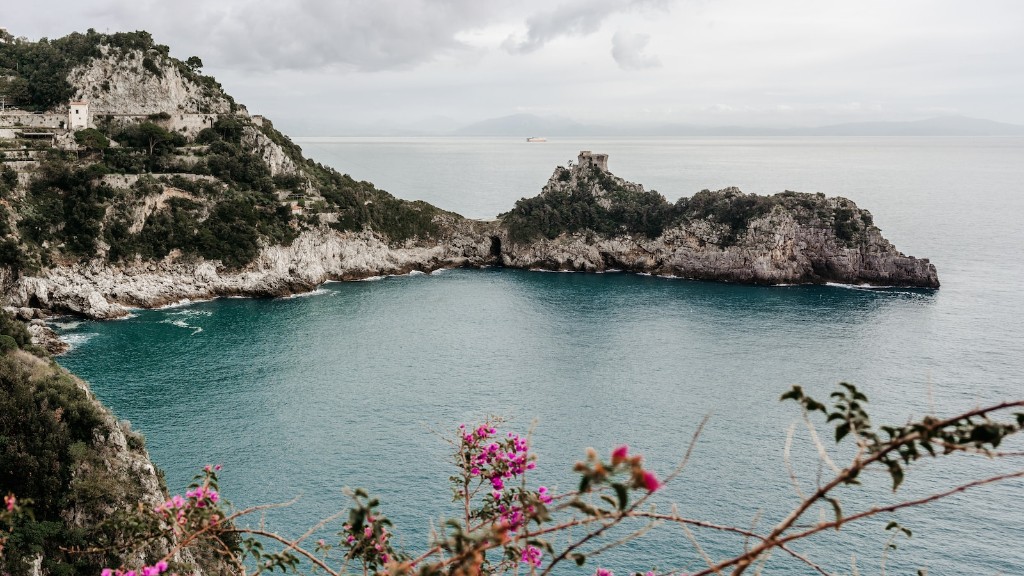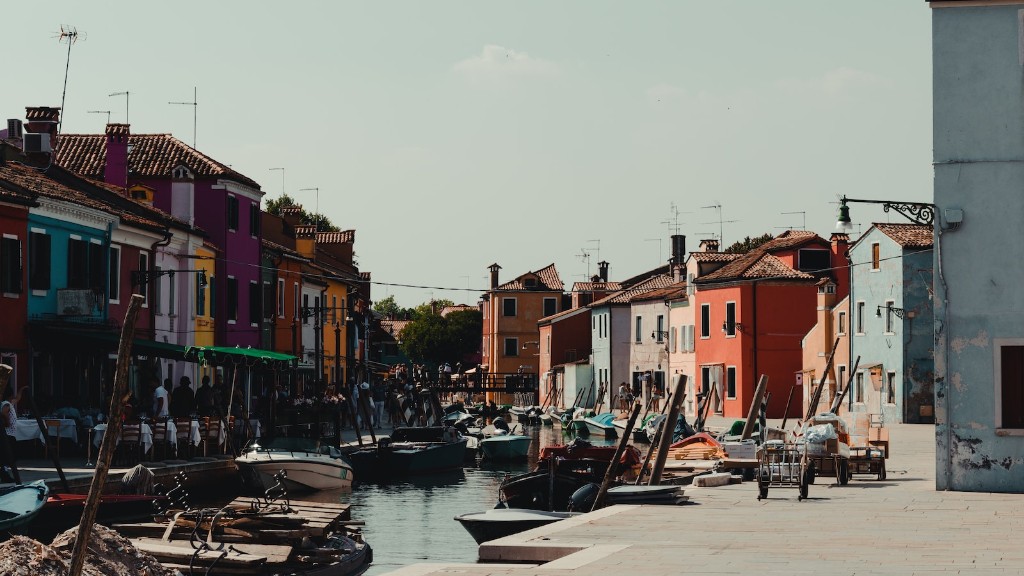Which Cities in Italy are Closed
Italy, a country renowned for its historical landmarks, picturesque landscapes, and delicious cuisine, has recently faced various challenges due to the COVID-19 pandemic. As the virus has spread across the nation, local authorities have implemented measures to contain the outbreak, including the closure of certain cities to restrict movement and minimize the virus’s impact. This article aims to provide an overview of the cities in Italy that have been affected by such closures, relevant data, perspectives from experts, and analysis to shed light on the situation.
Bologna
Bologna, the capital city of the Emilia-Romagna region, experienced a temporary closure during the initial wave of the pandemic. Local authorities restricted access in and out of the city to prevent the virus from spreading further. This measure aimed to safeguard the residents and slow down the transmission rate. The closure lasted for several weeks until the situation improved, and restrictions were gradually lifted.
Milan
Milan, the economic and financial hub of Italy, was among the cities profoundly impacted by the COVID-19 outbreak. As the virus rapidly spread through Lombardy, the region where Milan is located, the government announced a strict lockdown. Milan became the symbol of the struggle against the virus in Italy, with hospitals overwhelmed and a high number of infections and fatalities. The closure of Milan aimed to protect not only its population but also to prevent the virus from spreading to other regions.
Venice
Venice, a city famous for its canals, architecture, and tourism, faced significant challenges during the pandemic. The closure of Venice was a preventive measure to avoid overcrowding and limit the transmission of the virus. The absence of tourists, which usually contribute to the city’s vibrant atmosphere, had a severe impact on the local economy. However, these measures were taken to prioritize public health and ensure the safety of the residents and visitors alike.
Perspective from Experts
“The decision to close cities in Italy was a necessary step to contain the spread of COVID-19. By limiting movement and implementing social distancing measures, the authorities aimed to protect the most vulnerable populations and prevent an overwhelming burden on the healthcare system.” – Dr. Maria Rossi, Public Health Expert.
The insights from Dr. Rossi highlight the critical importance of these closures in preventing the uncontrolled spread of the virus. The pandemic demanded swift and strict measures to protect public health and minimize the strain on hospitals.
Analysis
The closure of cities in Italy demonstrated the government’s firm commitment to prioritizing public health over economic considerations. Despite the significant economic impact, the closures were deemed necessary to contain the virus’s spread and protect the nation’s population. These measures aimed to flatten the curve and alleviate the pressure on healthcare systems, as observed in Milan during the outbreak’s peak.
It is important to note that the closures were not permanent but rather temporary measures implemented during critical phases of the pandemic. Once the situation improved, authorities gradually lifted the restrictions to revive economic activities, while maintaining safety protocols and monitoring the spread of the virus continuously.

